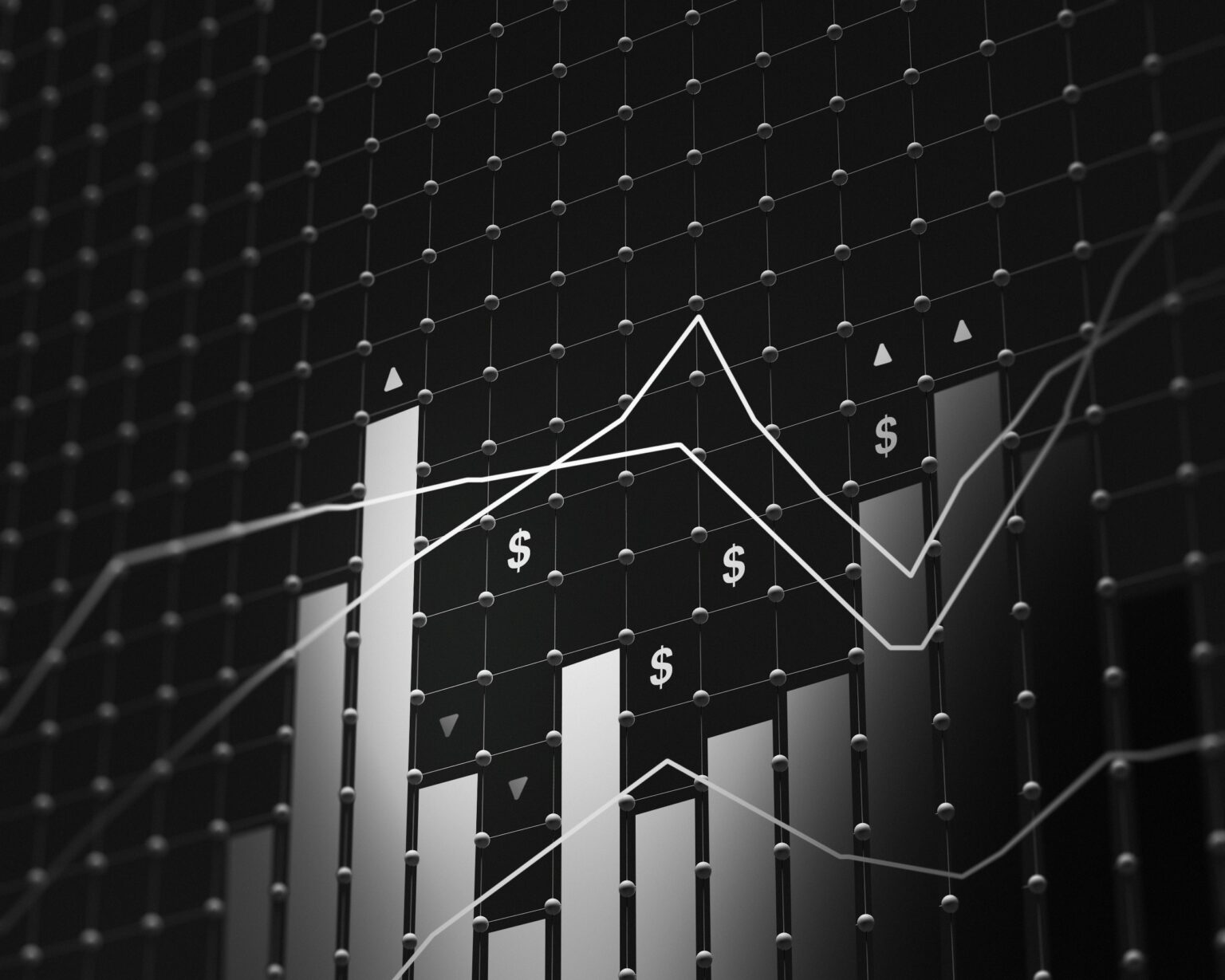Introduction
The U.S. economy has shown remarkable growth in the second quarter of 2024, expanding at an annual rate of 3%. This growth, which defied widespread recession fears, was driven primarily by strong consumer spending and robust business investment. Despite concerns about the effects of interest rate hikes by the Federal Reserve, the data indicates that the economy is maintaining solid momentum.
Key Drivers of Economic Growth
The most significant contributor to the economy’s growth in Q2 was consumer spending, which continues to account for nearly 70% of U.S. GDP. Retail sales saw strong increases, and sectors like travel and hospitality experienced substantial gains. These developments suggest that consumer confidence remains resilient, even as borrowing costs rise due to higher interest rates.
In addition to consumer spending, business investment played a crucial role. Investments in manufacturing and technology sectors helped sustain economic momentum, reflecting confidence from businesses in the country’s long-term growth prospects. These sectors’ performance highlights a healthy business environment despite inflationary pressures.
Inflation Trends and Federal Reserve Policy
While inflation continues to be a concern, it has significantly decreased from its peak in 2022. The latest data shows that inflation remains just above the Federal Reserve’s 2% target. This marks a notable improvement from previous years and raises hopes for more stable price levels moving forward. Economists are speculating that, given the reduction in inflation, the Federal Reserve may pause its rate hikes, but officials remain cautious, noting that any policy adjustments will be contingent on future inflation trends.
Challenges Ahead
Despite the positive growth, several risks could impact the economy’s trajectory in the coming months. The housing market, for instance, continues to face challenges, with high mortgage rates dampening affordability for many homebuyers. Additionally, some sectors, particularly technology and finance, have experienced corporate layoffs, signaling potential slowdowns in those industries.
Global economic uncertainty also poses a risk to U.S. growth. Trade tensions, geopolitical conflicts, and other external factors could affect both domestic businesses and global trade, introducing volatility that could hinder economic progress.
Conclusion
The U.S. economy’s 3% growth in the second quarter of 2024 presents a positive outlook, showing that recession fears may have been overblown. While challenges remain in specific sectors and global uncertainties continue to loom, the resilience of consumer spending and business investments indicates that the U.S. economy remains on a stable path. Heading into the second half of the year, the outlook remains cautiously optimistic.
